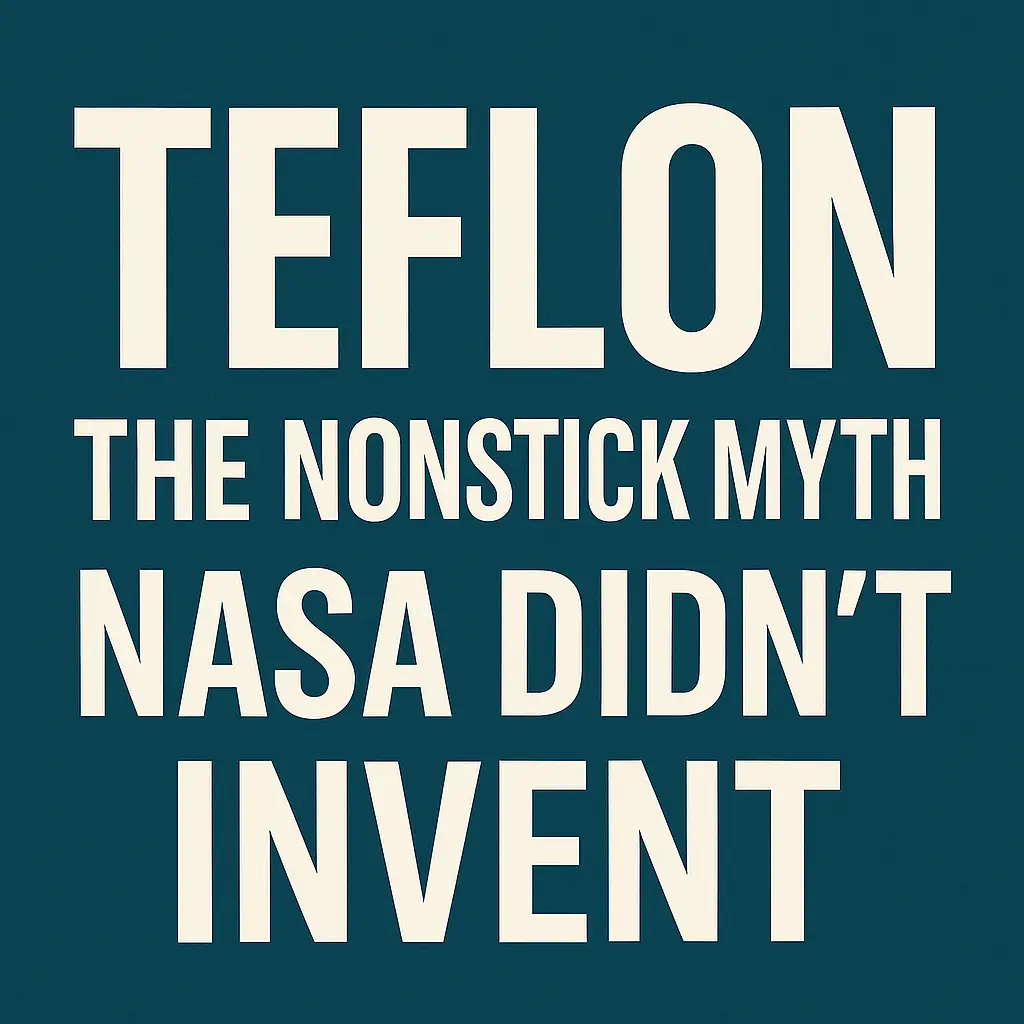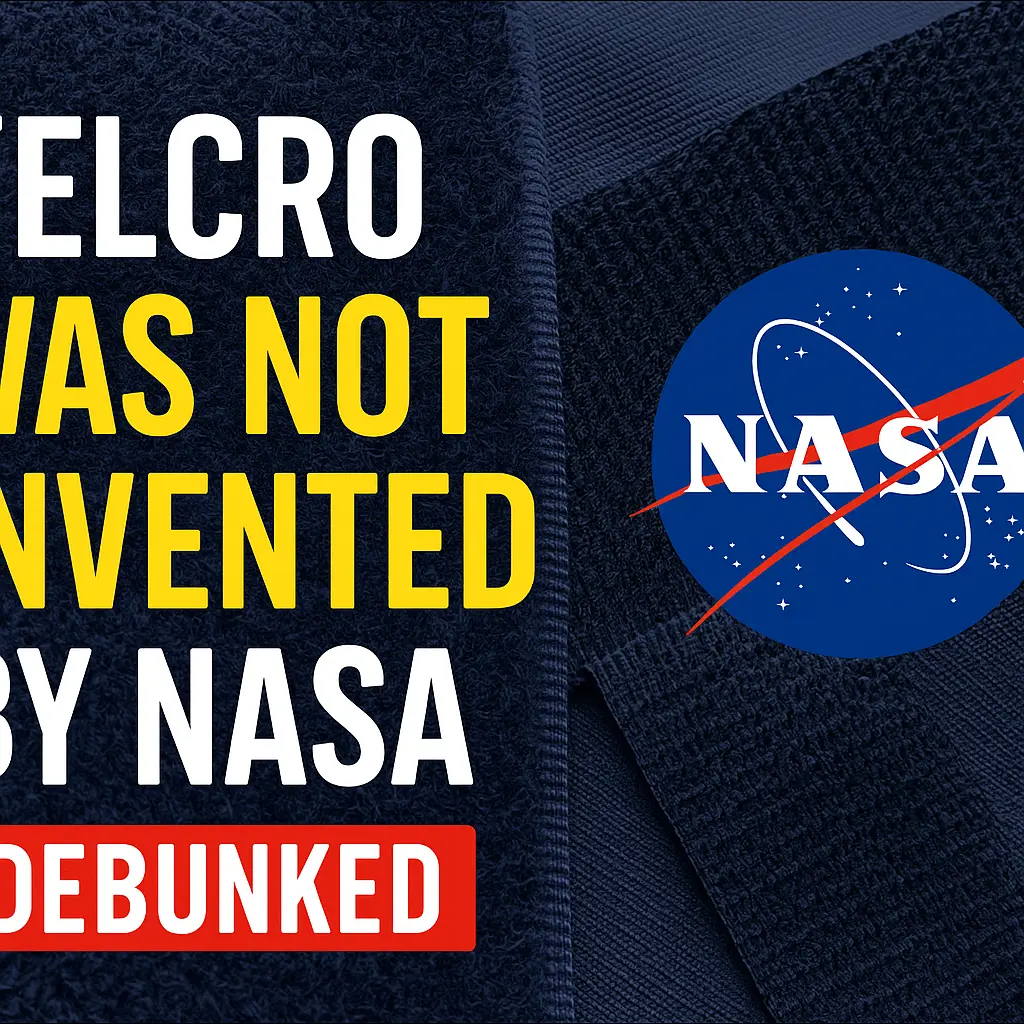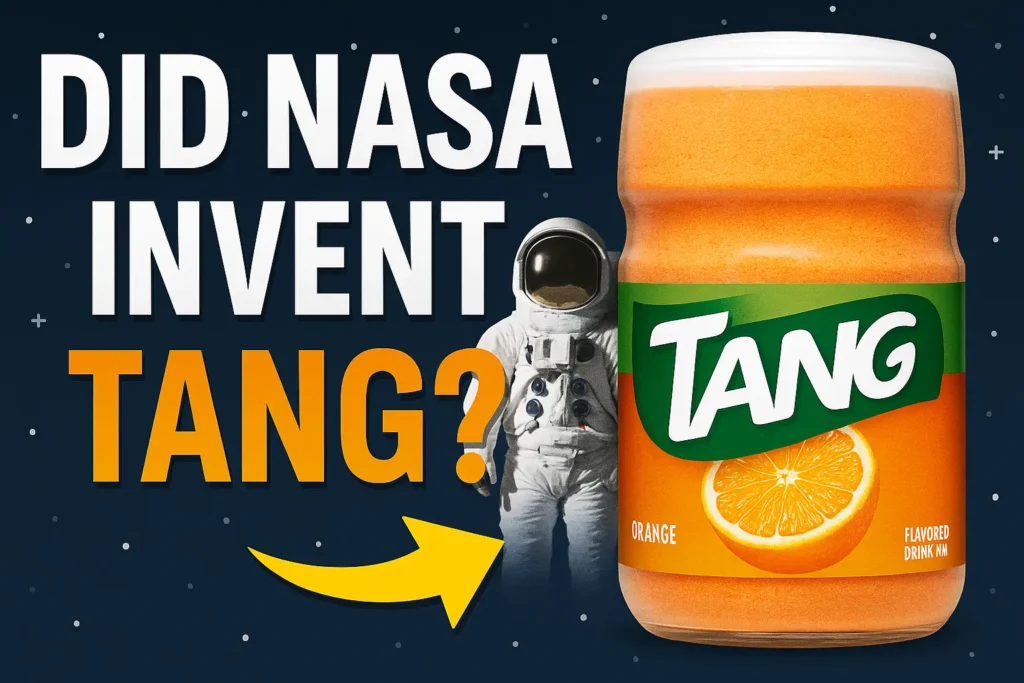In the public imagination, few materials are as closely associated with the space race as Teflon. Over the years, it has become almost an article of faith that Teflon, the nonstick coating that revolutionized cookware, was invented for or by NASA during the height of the U.S. space program. This belief is so widespread that it often appears in marketing materials, trivia games, and even educational resources. However, this commonly held notion is not only incorrect but also obscures a remarkable history of scientific discovery and industrial innovation that predates space exploration entirely.
The Popular Myth
According to the popular narrative, Teflon was a space-age innovation created by NASA to solve technical challenges in spacecraft engineering. The story typically suggests that Teflon’s nonstick and heat-resistant properties made it ideal for lining spacecraft components, insulating wiring, or coating astronaut suits. From there, the tale goes, it trickled down into everyday life—especially into the kitchen—by way of frying pans and baking sheets.
This belief fits neatly into the broader mythos of NASA spinoff technologies, which are often cited as everyday inventions that owe their existence to space missions. However, while NASA has indeed contributed to many consumer technologies, Teflon is not one of them.
The Historical Reality
Teflon was discovered entirely by accident in 1938, nearly two decades before the space age began. Dr. Roy Plunkett, a chemist working for DuPont, was researching refrigerants when he noticed that a gas sample had polymerized into a slippery, waxy solid inside its pressurized container. This substance turned out to be polytetrafluoroethylene (PTFE), which would later be trademarked as Teflon.
DuPont quickly recognized the material’s unique properties: extreme chemical inertness, a high melting point, and an incredibly low coefficient of friction. These characteristics made Teflon valuable in a range of industrial applications, including gaskets, seals, and coatings in the chemical processing industry—long before NASA ever launched a rocket.
NASA’s Actual Role
It is true that NASA, like many other industries, found applications for Teflon. During the Apollo missions and beyond, PTFE was used in space suit insulation, wiring, and heat shields, primarily because of its thermal and chemical resistance. But NASA did not invent Teflon, nor was the space program the catalyst for its commercial development.
The misconception likely stems from the broader phenomenon of “technology spinoffs”—real but often misunderstood. Products like memory foam, infrared ear thermometers, and scratch-resistant lenses are genuine examples of NASA-derived technologies. Teflon, however, is not on that list.
Why the Myth Persists
The enduring association between Teflon and the space program can be attributed to a few factors:
- Marketing and Popular Culture: In the post-Apollo era, companies capitalized on the public’s fascination with space. “Space-age materials” sold well, and Teflon, with its futuristic qualities, was often falsely advertised as a NASA invention.
- Public Perception of Technology: People often assume that high-performance materials must come from advanced government research. This assumption makes it easy for myths to take hold.
- Misleading Information: Some educational materials and news outlets have perpetuated the myth without verifying the facts, further embedding it in public consciousness.
A Call for Informed Curiosity
Understanding where Teflon truly came from matters—not only for the sake of historical accuracy, but also as a reminder of the broader ecosystem of scientific advancement. Teflon’s story is one of accidental discovery, diligent research, and industrial application. It exemplifies how innovations often emerge from unexpected places, long before they reach consumer hands.
As a public increasingly engaged with science and technology education, we owe it to ourselves to question received wisdom and examine the true origins of the materials and tools that shape our lives. The myth of Teflon’s space-age origins is not just a fun trivia error—it’s a reflection of how easily compelling narratives can override factual history.
In debunking this myth, we don’t diminish Teflon’s value; instead, we highlight the ingenuity of mid-20th-century industrial science and underscore the importance of giving credit where it is due.
In Summary
Teflon was not invented by NASA or for space travel. It was discovered in 1938 by a DuPont chemist and became widely used in industrial and consumer applications well before it ever entered the orbit of a space capsule. Let’s celebrate its real story—a testament to scientific curiosity, not just science fiction.



